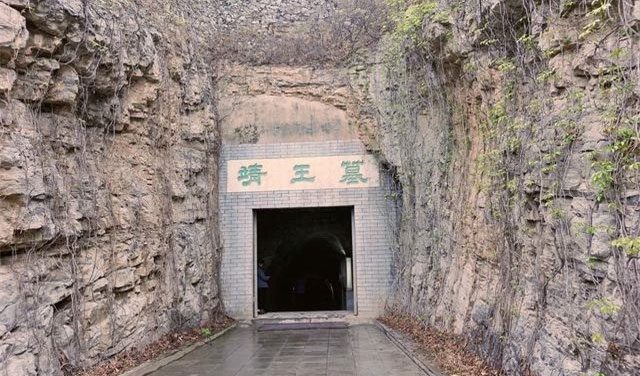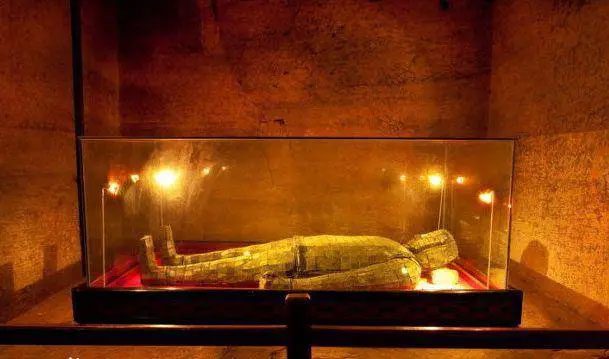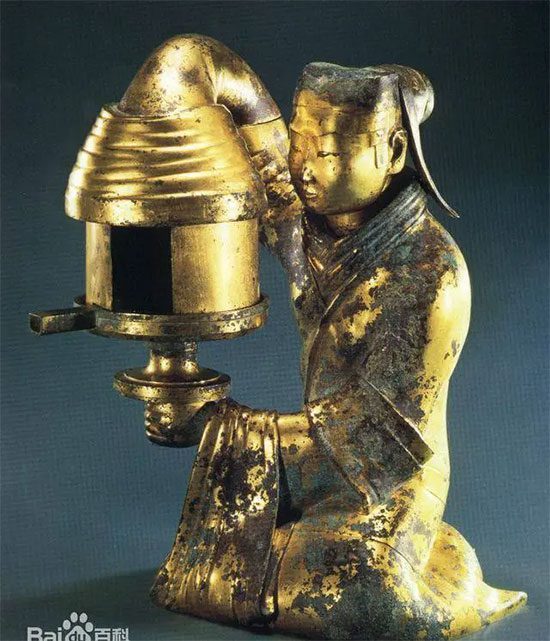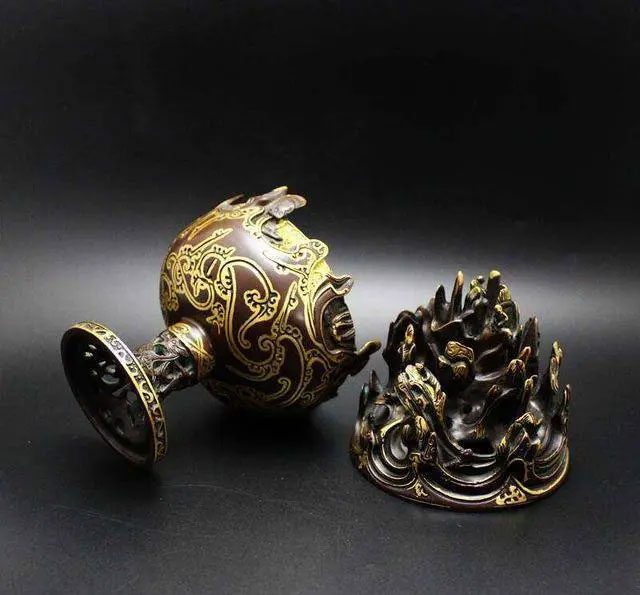Accidentally Discovering a Unique “Treasure” Turns Out to Be Real: This Story is a Testament.
In Baoding City, Hebei Province, China, there is a mountain that rises less than 300 meters above sea level. At the foot of this mountain lies a small village named Lang. Some people believe that most places with the term “Lang” are related to ancient tombs. The village of Lang is no exception. Generations of villagers have guarded the tombs. However, due to the passage of time, the villagers no longer know where the tombs are or who the owners were.

A group of workers discovered a strange pit while constructing a shelter.
In 1968, while building a shelter in the area, a group of workers began blasting rock on the mountain. However, the explosion produced an unusual sound reminiscent of drums. Even more surprisingly, following the blast, aside from a small amount of gravel scattered about, the large stones had vanished. Once the smoke cleared, the workers looked more closely and discovered a large black pit on the mountain. It turned out that all the large stones had fallen into this pit.
Realizing that this strange pit might conceal an ancient tomb, the construction workers immediately reported their findings to their leaders and relevant authorities. Shortly thereafter, archaeologists, historians, and even biologists gathered in Lang village to commence a large-scale excavation.
After three months of excavation and digging, archaeologists determined that this was a tomb from the Han Dynasty, dating back more than 2,000 years. The scale and grandeur of the tomb were befitting an emperor. The owner of the tomb was Liu Sheng (?-113 BC), the King of Zhongshan, the first vassal king of the Zhongshan State, a vassal state of the Han Dynasty. Liu Sheng is also famously known as the direct ancestor of Liu Bei, the founding emperor of the Shu Han during the Three Kingdoms period.

The tomb of King Liu Sheng of Zhongshan.
Liu Sheng was the ninth son of Emperor Jing of Han, Liu Qi, the sixth emperor of the Han Dynasty. In 154 BC, Liu Sheng was appointed as the King of Zhongshan by Emperor Jing.
Archaeologists have discovered over 10,000 cultural artifacts, including an estimated tonnage of ancient coins. Among these, more than 4,000 exquisitely crafted artifacts were made from gold, silver, bronze, and jade.
However, among the thousands of cultural artifacts, three “unique” treasures have particularly excited experts. These treasures have even shocked the world due to their value and the fact that they are nearly impossible to replicate or produce copies of.
Below are three rare treasures found in the tomb of King Liu Sheng of Zhongshan.
First: Golden Jade Armor

The Golden Jade Armor is one of the invaluable treasures in the tomb of King Liu Sheng of Zhongshan. (Illustrative image).
This armor is highly valuable and is considered a symbol of the noble status of the deceased during the Han Dynasty. Historical records indicate that over 2,000 years ago, Han emperors believed that jade could prevent the body of the deceased from decaying. Therefore, jade is an important item symbolizing noble status and is commonly included in luxurious tombs.
The Golden Jade Armor is primarily made from gold and jade. In fact, these armors were crafted according to the status of the wearer, using threads of gold, silver, or bronze. The process of creating this jade and gold armor is very complex and requires substantial financial and time investments.

The armor of King Liu Sheng of Zhongshan made from jade and gold thread. (Illustrative image).
To date, experts and archaeologists have found more than 20 sets of jade armor. However, only the Golden Jade Armor of King Liu Sheng of Zhongshan is regarded as the most exquisitely crafted. Therefore, the armor made of over 2,000 pieces of jade is considered a national treasure among current national treasures.
Second: Changxin Lamp

A copper lamp base over 2,000 years old with a unique design.
This is a lamp base that dates back over 2,000 years. This artifact is deemed to be more valuable than most gold, silver, and jade vessels found in the tomb of King Liu Sheng of Zhongshan. The reason is quite simple: it was crafted with exceptional finesse.
The lamp base resembles a court lady kneeling, one hand holding the lamp and the other seemingly shielding the flame from the wind. This design is indeed unique, as it can absorb oil smoke, preventing air pollution while enhancing the artistry and elegance of the lamp base.
Moreover, the technique used to cast the lamp base in bronze is also extremely intricate and unique. This treasure is called “Changxin” because the base is inscribed with 65 characters detailing its capacity, weight, and owner. Among these, the term Changxin refers to the Changxin Palace, a palace of the Han Dynasty.
Third: Gold-Plated Bronze Incense Burner

The gold-plated bronze incense burner found in the tomb of King Liu Sheng.
The bronze incense burner in the tomb of King Liu Sheng is cast in the shape of a mountain, making it unique and exquisite. The exterior of the incense burner is gold-plated. When experts first saw this incense burner, they were all amazed by its beauty and rarity, which was beyond expectation. According to experts, this 2,000-year-old bronze incense burner was crafted with extreme complexity. It is truly a treasure that is very difficult to counterfeit or replicate.
These three treasures have been recognized as national treasures. They are currently on display at the Hubei Provincial Museum (China).


















































